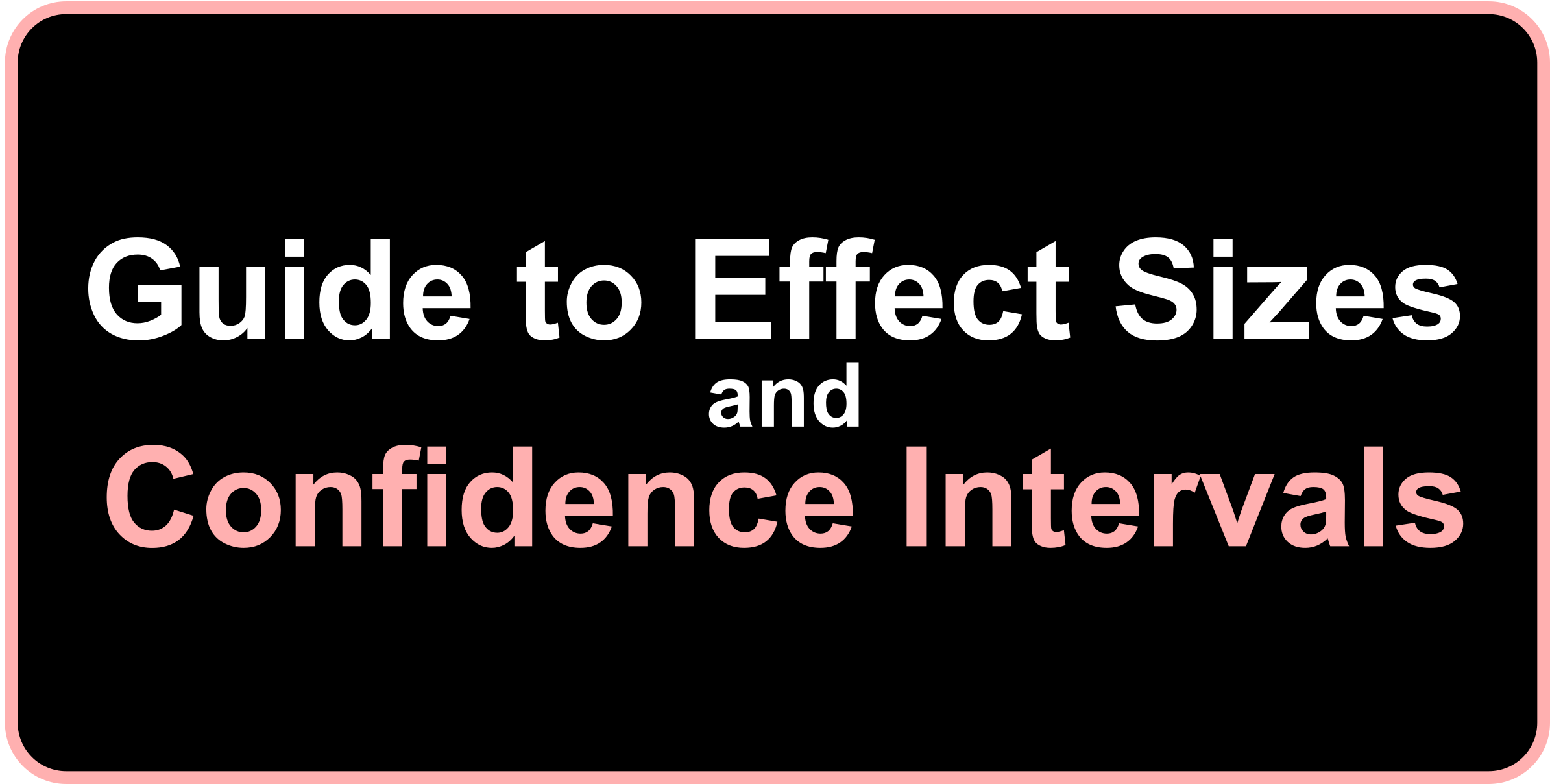4 Interpreting Confidence Intervals
collaboration, confidence interval, effect size, open educational resource, open scholarship, open science
What is the correct interpretation of a confidence interval? Imagine you conducted a study where you compared two groups. You obtained a Cohen’s \(d\) = 0.3, 95% CI [0.2, 0.4]. How do you interpret this confidence interval?
Confidence intervals are yielded by a certain procedure, such that when the procedure is repeatedly applied to a series of hypothetical datasets drawn from the studied population/populations, it yields intervals that contain the true parameter value (in our example, it means the true difference between the two groups) in 95% of the cases. For the effect estimate and confidence intervals to be valid, the data and test must meet the assumptions of the estimating procedure.
In colloquial terms, if we conduct this research over and over (repeating the same sampling procedure, administering the same experimental manipulation, conducting the same statistical analysis, etc.), because of sampling variability (our samples are slightly different at each time), we will get different Cohen’s \(d\) values. For each of these \(d\) values, we calculate a 95% interval. Then, among all these many intervals, we expect that 95% of them will contain the true \(d\), which we never know exactly.
There is also a common criticism levied against the confidence interval interpretation: “There is a 95% probability that the true parameter exists within the 95% confidence interval”. However this criticism is unwarranted in the specific case of a single observed confidence interval, that is, as long as there is a single realized confidence interval sampled from the population, this interpretation is fine (Vos and Holbert 2022). It is important to note however, this interpretation is incorrect when there are multiple realized confidence intervals randomly sampled from the same population. The criticized interpretation also tends to be more practical than the interpretation using repeated sampling, the following example described by Vos and Holbert (2022) illustrates this,
The distinction between these interpretations can be understood with the simple example of the probability of rolling a ‘6’ with a fair die. The probability is 1/6 because if you roll the die repeatedly the proportion of times that the face with ‘6’ comes up will be come very close to 1/6. Or, the probability is 1/6 because it is equivalent to a random selection from an urn where exactly one of 6 balls is labelled with ‘6’. The distinction in this simple example is less useful since repeatedly rolling a die is less problematic than repeatedly conducting the same randomized trial.
For further reading on confidence interpretations, see Hoekstra et al. (2014) and Morey et al. (2016).
